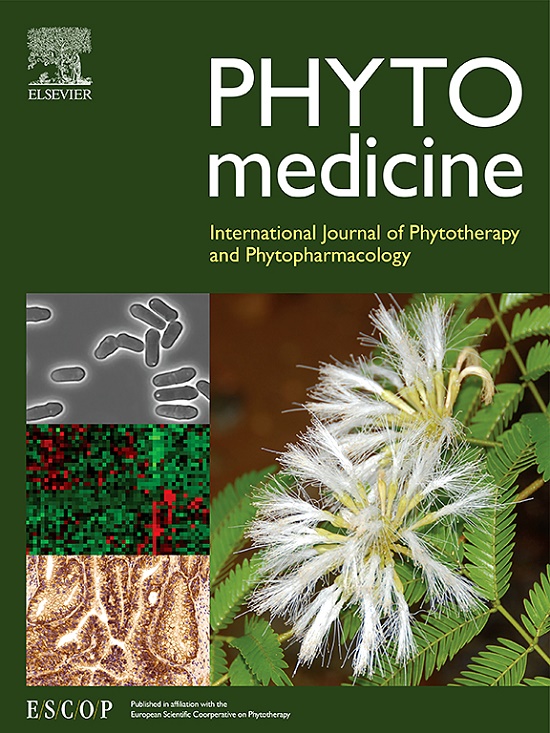Targeting the NF-κB p65-MMP28 axis: Wogonoside as a novel therapeutic agent for attenuating podocyte injury in diabetic nephropathy
IF 6.7
1区 医学
Q1 CHEMISTRY, MEDICINAL
引用次数: 0
Abstract
Background
Although recent progress provides mechanistic insights into diabetic nephropathy (DN), effective treatments remain scarce. DN, characterized by proteinuria and a progressive decline in renal function, primarily arises from podocyte injury, which impairs the glomerular filtration barrier. Wogonoside, a bioactive compound from the traditional Chinese herb Scutellaria baicalensis, has not been explored for its role in DN.
Purpose
This study aimed to investigate the therapeutic effects of wogonoside on podocyte injury in DN and its molecular mechanisms.
Methods
The effects of wogonoside were examined using HFD/STZ-induced DN mouse models and high glucose (HG)-induced MPC-5 cells. Oxidative stress and inflammation markers were analyzed via Western blot and RT-qPCR. Wogonoside targets were identified through DARTS-MS and validated by SPR, molecular docking, alanine scanning, and CETSA. RNA-Seq analysis was employed to identify downstream targets, and the p65-MMP28 axis was explored through p65 knockdown and overexpression studies. The regulatory effect of p65 on Mmp28 was confirmed through dual-luciferase reporter assays and ChIP-qPCR.
Results
Wogonoside treatment significantly reduced oxidative stress and inflammation in vivo and in vitro. Mechanistic studies identified p65 as a direct target of wogonoside, with SPR confirming a strong binding affinity (KD = 25.05 μM). Molecular docking and alanine scanning identified LYS221 as a critical binding site, which was further supported by CETSA using the p65 K221A mutant. RNA-Seq analysis revealed Mmp28 as a downstream effector of p65 involved in HG-induced podocyte injury. Functional studies demonstrated that wogonoside's protective effects on antioxidant and inflammatory pathways are mediated via the p65-MMP28 axis. Dual-luciferase reporter assays revealed that p65 regulates Mmp28 transcription, and ChIP-qPCR confirmed its direct promoter binding.
Conclusions
This study highlights wogonoside as a promising candidate for the treatment of podocyte injury in DN by targeting the NF-κB p65-MMP28 signaling axis. These findings provide novel insights into wogonoside's therapeutic potential and its molecular mechanisms, paving the way for its further development as a DN intervention.

求助全文
约1分钟内获得全文
求助全文
来源期刊

Phytomedicine
医学-药学
CiteScore
10.30
自引率
5.10%
发文量
670
审稿时长
91 days
期刊介绍:
Phytomedicine is a therapy-oriented journal that publishes innovative studies on the efficacy, safety, quality, and mechanisms of action of specified plant extracts, phytopharmaceuticals, and their isolated constituents. This includes clinical, pharmacological, pharmacokinetic, and toxicological studies of herbal medicinal products, preparations, and purified compounds with defined and consistent quality, ensuring reproducible pharmacological activity. Founded in 1994, Phytomedicine aims to focus and stimulate research in this field and establish internationally accepted scientific standards for pharmacological studies, proof of clinical efficacy, and safety of phytomedicines.
文献相关原料
公司名称
产品信息
索莱宝
Metformin
 求助内容:
求助内容: 应助结果提醒方式:
应助结果提醒方式:


